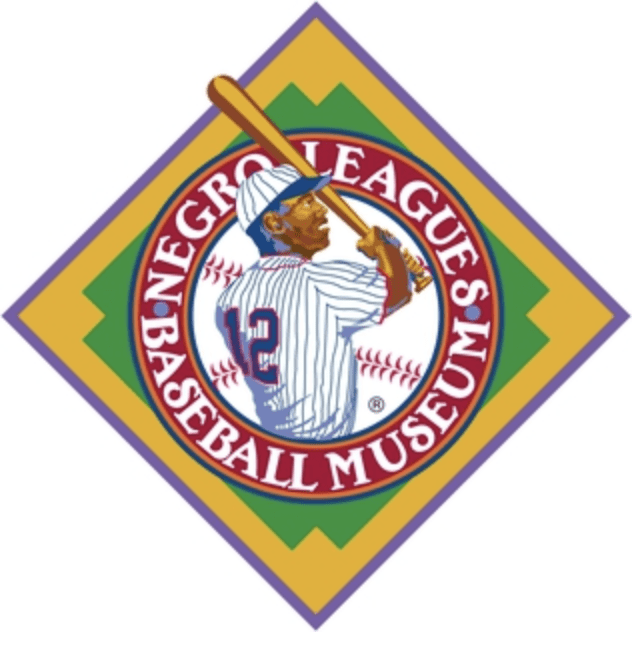When Jackie Robinson took the field for the Brooklyn Dodgers on April 15, 1947, he broke the colour barrier in baseball. More than 77 years later, the colour barrier that’s clouded baseball statistics has been broken, too.
Major League Baseball announced in December 2020 that it was going to be “correcting a longtime oversight in the game’s history.” The statistics of the Negro Leagues, which was composed of seven leagues of mostly African-American players and teams between 1920-1948, would be included in MLB’s record books.
John Thorn, a longtime baseball historian, chaired a 17-person committee that combed through these statistics. “The perceived deficiencies of the Negro Leagues’ structure and scheduling were born of MLB’s exclusionary practices, and denying them major league status has been a double penalty, much like that exacted of Hall of Fame candidates prior to Satchel Paige’s induction in 1971,” he said in a Dec. 16, 2020 interview. “Granting MLB status to the Negro Leagues a century after their founding is profoundly gratifying.”
After three years of extensive research, the committee members – which included Negro Leagues historians and statisticians – presented their findings. More than 2,300 African-American players were now a permanent fixture of baseball lore. Some significant baseball records were also adjusted. Josh Gibson became MLB’s all-time career leader with a .372 batting average, which surpassed Ty Cobb’s mark of .367. Gibson’s single-season average of .466 for the 1943 Homestead Grays is now atop the leaderboard, followed by Charlie Smith’s .451 for the 1929 New York Lincoln Giants and previous MLB leader Hugh Duffy’s .440 for the 1894 Boston Beaneaters.
From a moral and ethical standpoint, the permanent inclusion of Negro Leagues stars and statistics into MLB’s record books makes sense. Racism and intolerance prevented talented African American ball players like Gibson, Cool Papa Bell and Oscar Charleston from competing against talented white ball players like Cobb, Babe Ruth and Lou Gehrig. This should have never occurred in baseball – or any sport, for that matter. Combining these statistics doesn’t negate what happened, but enables everything to be judged on a level playing field. This seems fair and just.
From a purely sports-related perspective, was it the right thing to do? That’s a separate matter – and a rather complex one. Let’s briefly explore it from a few different angles.
It’s impossible to discern how well the Negro League players and white baseball players would have performed against one another had they played in the majors long before Robinson’s debut. If integrated baseball has existed for a longer period of time, this could have potentially enhanced some individual and team records – and possibly reduced some single season and career marks.
Nevertheless, there are some historical examples of baseball’s colour line being broken.
William Edward White, a mulatto player who passed for being white, and Moses Fleetwood Walker and his younger brother, Weldy Wilberforce Walker, who were both open about their black heritage, all had short stints playing with white baseball teams. Integrated baseball teams also existed in Latin America during the winter and summer months.
There were even barnstorming games between MLB and Negro League stars. “For three generations of African-American baseball players, barnstorming was more of a full-time job than a part-time tour,” former Boston Globe reporter and author Larry Tye wrote for the MLB Hall of Fame website. “They called the freewheeling freelance baseball they played across America barnstorming, to distinguish it from formal league games. Major Leaguers and Negro Leaguers both did it, but for the former it was restricted to the postseason whereas Black players squeezed in exhibitions year-round.” Many games were competitive, but African-American teams were more dominant. Todd Peterson’s extensive research revealed that Negro Leagues teams won about 53% of the more than 600 games played against white teams between 1900-1948. In one famous example, Satchel Paige’s black barnstorming team won 4 of 6 games against a white team led by Dizzy Dean in 1934. The two legendary pitchers gained mutual respect for one another. Dean would later call Paige “the best player I ever seen. It’s too bad those colored boys don’t play in the big leagues, because they sure got some great players.”
Meanwhile, should the committee have established joint record holders in baseball – one for MLB, and one for the Negro Leagues? It would have confused some people, but also preserved more statistics from over a century of play in baseball’s segregated and non-segregated eras. As noted in a May 28 Associated Press piece, “Baseball Hall of Fame president Josh Rawitch said statistics on Cooperstown plaques would remain the same because they reflect the information available at the time of a player’s induction.”
Then again, the committee’s research finally filled in the gaps of the historically incomplete Negro Leagues statistics to the point where equal considerations can be made. “These updates don’t make the likes of Bullet Rogan, Martin Dihigo or Cool Papa Bell any more major league than they already were,” ESPN staff writer Bradford Doolittle noted on June 5. “Instead, they give those legends new life by putting them in the same leaderboards as Lefty Grove, Shohei Ohtani and Rickey Henderson. The numbers link those players together, just as they always should have been.” Doolittle also made this astute point, “they are numbers, just numbers, but in baseball, numbers have always meant so much. They mean even more now.”
When you put it all together, the decision to add Negro League statistics into the MLB record books is a good (albeit imperfect) solution from a sport-related perspective, too. The great game of baseball is now more complete, historically accurate and integrated than ever before.
Michael Taube, a long-time newspaper columnist and political commentator, was a speechwriter for former Canadian prime minister Stephen Harper.









